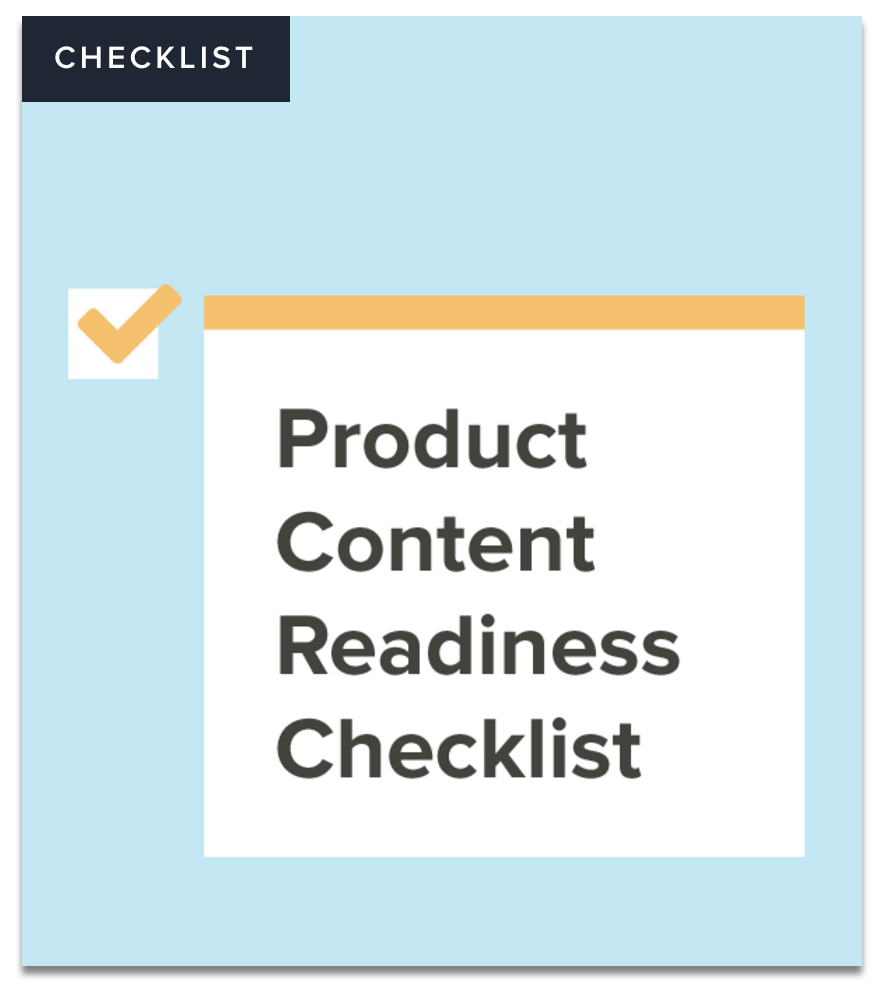How Tayse Rugs Maps 3400 SKUs to 9 Channels in 2 Weeks

In the 13 years since Tayse Rugs was founded as a family business in Calhoun, Georgia, the manufacturer and importer of machine-made rugs has quickly gained prominence. While other furnishing companies met with decreasing sales following the economic crisis of 2008, Tayse Rugs thrived.
Why? Consumers wanted to buy low-cost, high-quality, machine-made rugs. This demand led to a shift in focus for Tayse Rugs: How could they increase presence across retailers and do it in an efficient and effective way?
Data Transformation for New Channel Expansion
Enter: Taylan Sevimli, a business development manager at Tayse Rugs. Sevimli applied his experience in product lifecycle management from his time at Boeing and Honda to focus on building better-organized and more efficient systems with mass merchants, ecommerce companies, and top-100 furniture stores.
Working with a broader group of distributors meant Tayse Rugs had to centralize its data and content and be electronic data interchange (EDI)-capable, which would allow Tayse Rugs’ to digitally communicate with distribution partners, to deliver quality information and drive sales across its product catalog of over 3,000 SKUs.
Sevimli looked to data lead Nick Wallace and data specialist Brandon Crisp to review and select a solution that would enable his team's growth trajectory and centralize their data to fuel their distributors. We spoke to Wallace and Crisp about how they underwent this transformation of data and supported the business to continue to expand across new channels.
Interview With Nick Wallace and Brandon Crisp of Tayse Rugs
Salsify: What was your team’s initial daily challenge with product information getting to the digital shelf?
Wallace: In the Data Department, we’re tasked with creating product information for all of Tayse Rugs’ new products. We work with the upper management to get prices set and ensure all data gets syndicated correctly to each one of our retailer websites. A central focus of our department is creating a structure of maintenance for each product and all new product data.
We were storing data in several different places, and it was nearly impossible to create new products on websites and manage our data efficiently. If one change was needed, we had to go to each of those different places and change it.
You would also need to let each relevant person know a spreadsheet was updated — it was very time-consuming. We thought to ourselves, there must be a better way. The employees in our business who go to the market events were even considering using tablets to pull custom catalogs and data for sales conversations — it wasn’t a scalable or centralized system.
Salsify: What did it take for Tayse Rugs to make the internal shift to new PXM platform?
Wallace: Our business development manager, Taylan Sevimli, asked me to look into Salsify and competitors — everything we needed was in the product, and the team worked with us to find solutions to our unique needs, including privacy datasheets.
It became clear that Salsify was the right PXM solution for Tayse — it’s quick and easy to adjust data in columns, we can import or export any part of the catalog that is needed, and we keep finding new ways to use it.
When we looked at other solutions, they were solely IDM [internet download manager] platforms that could not connect to APIs [application programming interface], lacked flexibility for customization and exporting data, and did not provide us with a trustworthy digital asset solution either. Salsify is a complete all-in-one solution for any business at any scale.
Salsify: What were the initial wins you achieved with a new solution and process?
Crisp: It took us around two weeks to map out 3,400 products to nine sales channels. We were especially successful with Amazon and Walmart. The products for those channels were mapped out in less than three days.
We both enjoy problem-solving and playing around with data and formulas, so digging into Salsify and being able to use our past experiences to expedite our implementation was a no-brainer.
We used formulas, or computed properties, to easily create product information for new items by merging previously created data (i.e., properties, attributes) to accelerate content creation, and, ultimately, allow for a streamlined mapping process.
Salsify: Has understanding computed properties (i.e., formulas) and a technical skillset helped speed up the syndication process?
Crisp: Definitely — my background in programming and enjoyment of problem-solving makes me comfortable working with formulas and software. Nick and I are very proactive and excited about all the capabilities of Salsify, so we just dig into the platform and play around with it.
The ease of use coupled with our desire to get Amazon and Walmart up quickly allowed us to map out and publish new content in less than 72 hours. We were amazed by how easy it was to accomplish it — we are working on Overstock right now and cannot wait to set that up. Having a technical background has been helpful and allows us to help our sales and marketing teams get the information they need.
Salsify: What organizational processes have you implemented to work with other departments?
Wallace: We created groups within Salsify for our photographers, brand managers, and marketing team members (i.e., people who are going to the market and selling our products). This allows them to go into Salsify and export all the products and data they need. It has sped up their ability to send custom catalogs to sales representatives. These teams can do it all themselves — wherever they are.
Less than a month ago, the teams would have to pull up numerous spreadsheets and it took a lot longer. Not to mention, being able to send a note to colleagues saying “this has been updated on Salsify” rather than having to send a note to each individual with updated spreadsheets is a huge time saver.
Salsify: Do you expect to roll out Salsify to other departments, and, if so, how do you see them using it?
Wallace: We expect to have four or five other departments set up in Salsify groups to have it for their own uses — whether that is digital catalogs, product exports, or just asset changes. It's really centralized everything and improved our communications. It's really helped with syndicating the data to all the places that I'm absolutely blown away by the API's that are already currently offered by Salsify.
Download the product content readiness checklist to gain the insights you need to streamline your go-to-market process.
Written by: Caroline Egan
Caroline Egan (she/her) is a writer and former content marketing manager at Salsify, where she focused on crafting campaigns to drive brand awareness and customer engagement.
Recent Posts
What the Data Says About Consumer Interest in AI Shopping Agents
How Retailers Can Use Geolocation To Create Personalized Shopping Experiences
3 Examples of a Personalized Shopping Experience and How To Create Them
Subscribe to the Below the Fold Newsletter
Standing out on the digital shelf starts with access to the latest industry content. Subscribe to Below the Fold, our monthly content newsletter, and join other commerce leaders.


.svg)